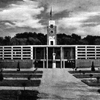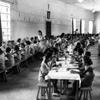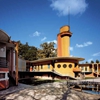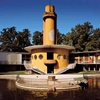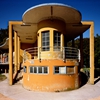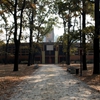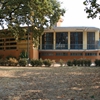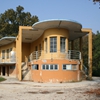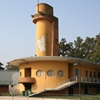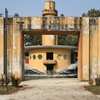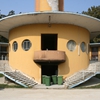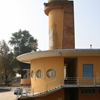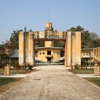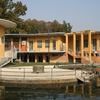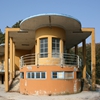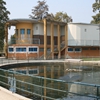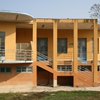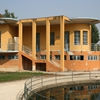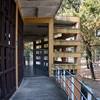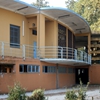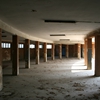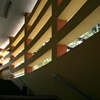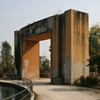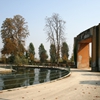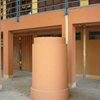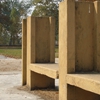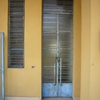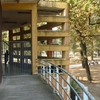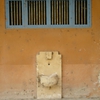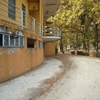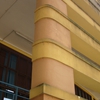| Colonia fluviale "Roberto Farinacci" |
|||
| back
to list Colonie elioterapiche |
other name: |
Colonia
Padane Colonia Cremonesi del Po |
|
| address: |
Cremona
(CR) |
||
| client: | |||
| architect: | ing. Carlo Gaudenzi | ||
| year: | 1936 | ||
| capacity: | 1500 | ||
| state:
|
partly
used as nightclub |
||
|
This
daytime colony was built as part of an urban renewal which was initiated
by Roberto Farinacci and the architect Nino Mori. For the design of
the building the architect Carlo Gaudenzi was commissioned. Size and
name of this colony are tributes to the outstanding position of Roberto
Farinacci who was the "Ras" of the Cremona Fascio and was rated as the
right hand of Mussolini. |
|
||
| plans: |
|
||
| bibliography: | www.tesionline.com Feraboli, Maria Teresa, L'ingegner Carlo Gaudenzi: un protagonista del moderno a Cremona, in: La Scuola classica di Cremona. Annuario 2001, Cremona, 2001, pp. 155-176 Feraboli, Maria Teresa, Le 114 colonie fluviali, campestri ed elioterapiche diurne in provincia di Cremona, in: La Scuola classica di Cremona. Annuario 1999, Cremona, 1999, pp. 113-139 Feraboli, Maria Teresa, Le ex-Colonie cremonesi del Po, tesi di specializzazione in Restauro dei Monumenti, Politecnico di Milano, 1999 |
||
| link: |
www.architettilombardia.com
www.welfarecremona.it
http://turismo.comune.cremona.it/it/pois/parco-ex-colonie-padane
|
||
| film: | Istituto Luce 20.07.1938 | ||
